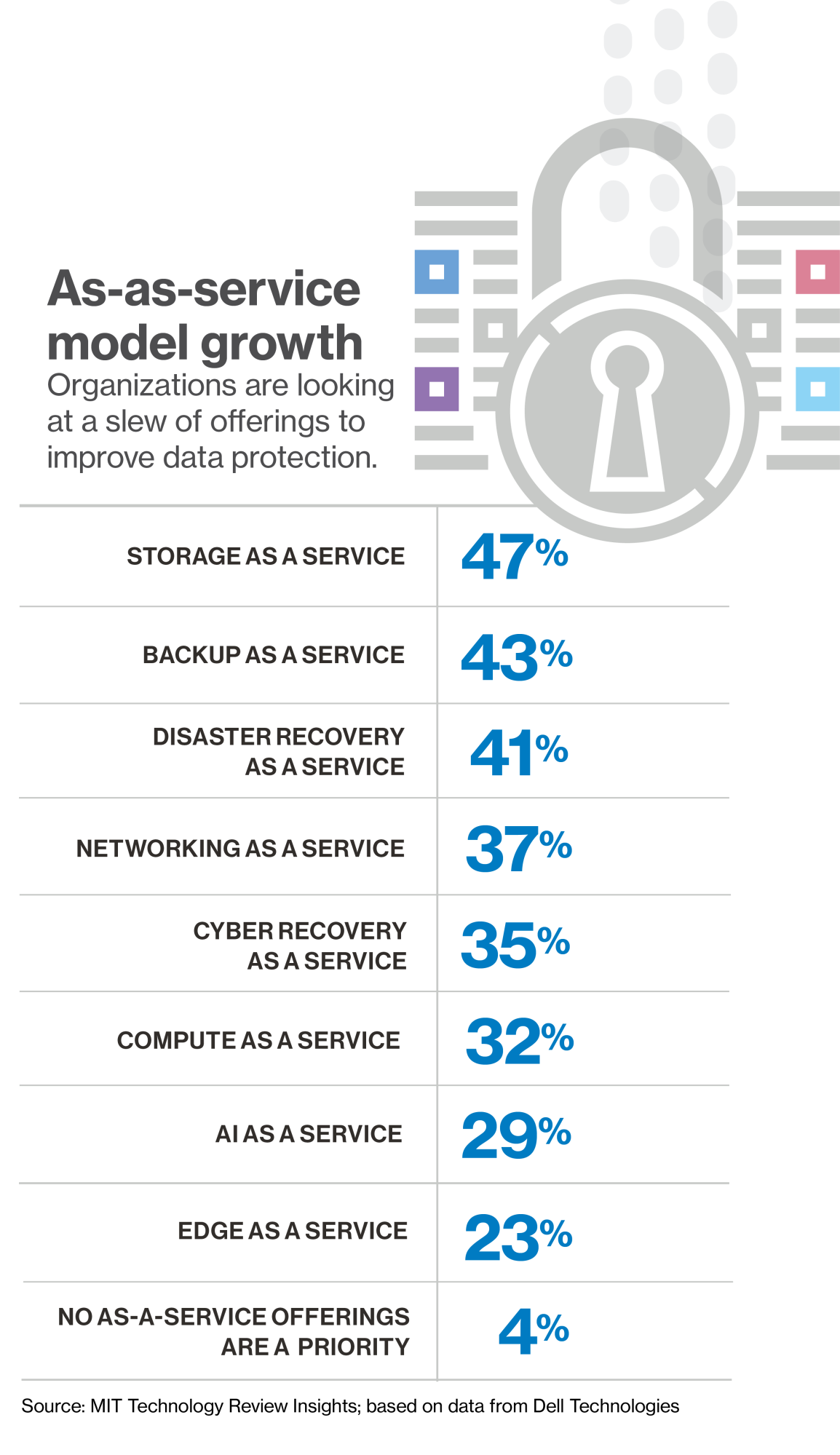But the right amount of data, clean and properly channeled, can quench a company’s thirst for insights, fuel its growth and lead it to success, says Matt Baker, senior vice president of corporate strategy at Dell Technologies. Like water, data is neither good nor bad. The question is whether it is useful for the purpose in question. “It’s difficult to align the data correctly, comprehensively and in a common format,” says Baker. “It needs to be cleaned and organized in some way to be usable, safe and reliable to get good results.”
According to a recently commissioned study by Forrester Consulting of more than 4,000 decision makers, conducted on behalf of Dell Technologies, many organizations are being overwhelmed by data.1 In the last three years, 66% have seen an increase in the amount of data they generate – sometimes doubled or even tripled—and 75% say the demand for data in their organizations has also increased.
The research company I.D.C estimates that the world generates 64.2 zettabytes of data in 2020, and that number is growing at 23% annually. A zettabyte is a trillion gigabytes — to put that in perspective enough memory for 60 billion video games or 7.5 billion MP3 songs.
The Forrester study showed that 70% of executives collect data faster than they can analyze and use it effectively. Though executives have vast amounts of data at their disposal, they lack the tools to extract insights or value from it – what Baker calls the “Ancient Mariner” paradox, after the famous line from Samuel Taylor Coleridge’s epic poem “Water, water everywhere and not a drop to drink.”
Streams of data become floods of data
It’s easy to see why the volume and complexity of data is growing so rapidly. Every app, gadget, and digital transaction generates a stream of data, and those streams converge to generate even more streams of data. Baker offers a possible future scenario in stationary retail. A loyalty app on a customer’s phone tracks her visit to an electronics store. The app uses the camera or a Bluetooth proximity sensor to understand where it is and accesses the information the retailer already has about the customer’s demographics and past buying behavior to predict what they might buy . When passing a certain aisle, the app will generate a special offer on ink cartridges for the customer’s printer or an upgraded controller for their game box. It notes which offers lead to sales, remembers them for next time, and adds the entire interaction to the retailer’s ever-growing stack of sales and advertising data, which can then lure in other shoppers with intelligent targeting.

An often unwieldy mass of legacy data contributes to the complexity. Most companies don’t have the luxury of building data systems from scratch. You may have years of accumulated data that needs cleaning to be “drinkable,” Baker says. Even something as simple as a customer’s date of birth could be stored in half a dozen different and incompatible formats. Multiply this “contamination” by hundreds of data fields and it suddenly seems impossible to get clean, useful data.
But giving up old data means giving up potentially invaluable insights, says Baker. For example, historical data on inventory levels and customer order patterns could be critical to a company trying to create a more efficient supply chain. Advanced extraction, transformation, and loading capabilities—designed to clean up disparate data sources and make them compatible—are essential tools.
Download the full report.
This content was created by Insights, the custom content arm of MIT Technology Review. It was not written by the editors of MIT Technology Review.
